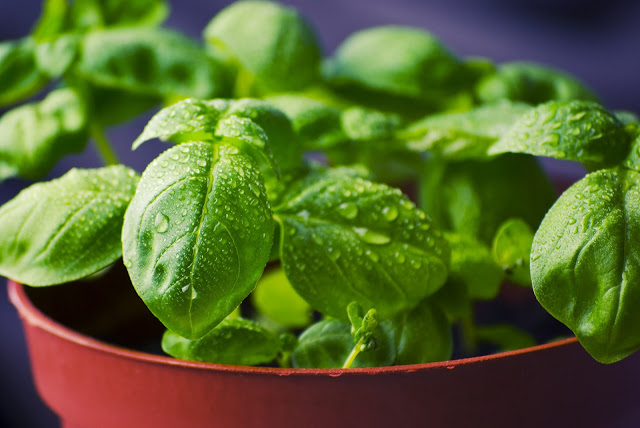Magical and Medicinal uses of Sage
Sage is a popular herb as well as a versatile drought-tolerant grey foliage plant. There are many different types of sage, but only ever select Salvia officinalis cultivars for your edible garden – not all salvias are the same. Many different cultivars are available, each varying in height and characteristics, but all come from the same type of sage, which has been selected for its culinary and medicinal attributes. A compact shrub, the foliage is covered in fine hairs, which is a big hint that it's water-efficient and drought tolerant.
Sage has a strong, noticeable scent when burned. It can be mixed with flour and sugar to make dough for biscuits and bread, and also steeped to make sage tea.
Stemming from European traditions, sage is said to ward off evil, and it is often used in traditional cleansing ceremonies when dried and smudged. It is associated with wisdom, good luck, and even mortality. Sage builds emotional strength and can help to heal grief.
Spell Work: Sage is often burned for cleansing ceremonies. Burning sage is meant to purify the space of bad energy or spirits. Some examples of when sage should be burned include after a death in the family, when you move into a new home, after a negative presence in your home, or during the changing of seasons.
Sage can be used in a number of spells including protection magic, healing spells, fertility spells, purification, attracting wisdom, and immortality magic.
Medicinal Uses: Sage is used for its anti-inflammatory properties. It has a sweet and savory aroma that makes it a popular culinary herb used in autumn dishes such as roast turkey, sausage stuffing, and pumpkin soup. It can also be gargled to treat laryngitis, pharyngitis, and tonsillitis. Furthermore, it reduces sweating when taken internally. Externally it is used to treat wounds. Do not take sage if you are pregnant or breastfeeding.
Preparation and Dosage: The leaves should be collected shortly before or just at the beginning of flowering in late spring and early summer. Sage can be taken internally as either an infusion, tincture, or gargle.
To make an infusion, pour a cup of boiling water onto 1-2 teaspoons of leaves and let infuse for 5 minutes. Drink this solution up to three times a day. To make a gargle put 2 teaspoons of dried leaves in 1 pint of water. Bring to a boil, cover, and let stand for 15 minutes. Gargle deeply for 5-10 minutes several times a day.
Day 79 of 366



Comments
Post a Comment